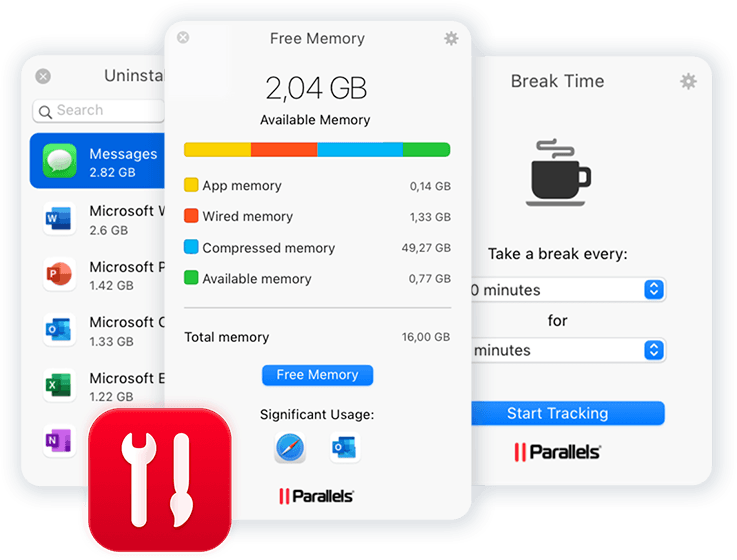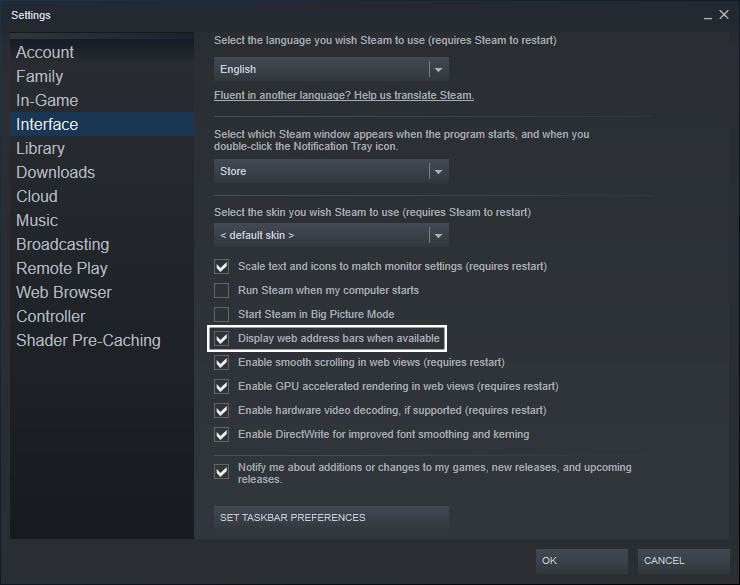

Just about all aspects of the user interface are better suited to touch when in tablet mode this means that buttons are slightly larger, the back button in the taskbar sorts through your open apps, and an on-screen keyboard pops up whenever a text field is selected. You'll notice that your taskbar now has a back button on it next to the Cortana button, and you'll also notice your app icons are gone (they can be turned back on in Settings).
RUN TELL ME MORE ENGLISH WINDOWS MODE WINDOWS 10
Windows 10 took care of the problem by introducing Continuum, a double-pronged adaptive feature that recognizes what type of hardware you have and changes the interface between desktop mode and tablet mode to best suit the situation.

This was alright for tablets and 2-in-1s, but anyone not using a touchscreen soon realized what a pain this interface could be. Love it or hate it, anyone who used Windows 8 remembers the fullscreen Start Screen and large tiles that were optimized for touch devices with big touch targets and few icon lists.
RUN TELL ME MORE ENGLISH WINDOWS MODE HOW TO
How to customize the taskbar in tablet mode.How to customize automatic tablet mode settings.How to customize tablet mode sign-in options.How to manually enable and disable tablet mode.Let's take a look at exactly why you need tablet mode and, when the time comes, how to use it. Tablet mode in Windows 10 is best described as one half of Continuum, Microsoft's clever way of adapting the user interface of convertible and 2-in-1 laptops, Windows phones, and tablets to the situation at hand.


 0 kommentar(er)
0 kommentar(er)
